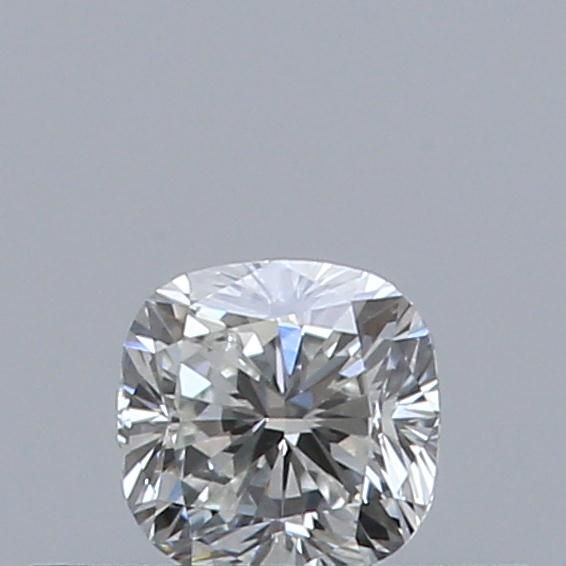A cushion-cut diamond is a classic, bold, stunning engagement ring option. They provide a traditional aesthetic with their old-time charm thanks to their softened rectangular or squire shape and brightness. It’s no wonder that pillows are becoming more and more popular. So what exactly are cushion-cut diamonds? Here’s everything you need to know.
Cushion Cush Diamond Definition
A cushion cut diamond is a gemstone that features an old mine-cut diamond pattern and a modern round brilliant cut. It is usually soft rectangular or square with rounded edges. A cushion-cut diamond complements the square shape with softened corners, giving it a cushion-like appearance, hence the term “cushion cut”.
History of Cushion Cushion Diamonds
The modern cushion cut owes its faceted design to an antique diamond cut known as an old mine cut. This cut dates back to the 1700s in Brazil when most of the world’s diamond mining took place after the original source of diamonds in India began to dry up. Brazilian stonemasons preferred the old mine cut because it maximized carat retention. Once diamonds were also discovered in South Africa, the mines in Brazil became known as “old mines”, hence the name of the grindstone.
The old mine cut was a square cut with rounded corners and 58 facets. The cut became so popular that most stones in the nineteenth century were cut in this shape. The amount was so universally popular that many of the world’s most famous diamonds are early versions of the cushion cut, including the 45.52-carat Hope Diamond and the 140.5-carat Regent Diamond.
The modern cushion cut evolved from this old mine cut, as well as taking some inspiration from other less well-known cuts, including table, Peruzzi, and candle cuts. As the technology, tools, and knowledge of diamond cutting improved, so did the quality and style of the resulting cuts. From this development came the modern cushion cut diamond, which incorporates the old cushion cut patterns along with aspects of the round brilliant diamond to create a uniquely beautiful gemstone.
Choosing the ideal Cushion Cushion Cush Diamond
While it is important to know all the terms associated with cushion sanders, the most important thing to be sure of is your preferences regarding the appearance of your ideal cushion sander. There are two things to consider when it comes to what will have the biggest impact on a diamond’s appearance: length-to-width ratio and facet style.
By far, the square aspect ratio is the most popular cushion-cut diamond shape. The straighter the length and width dimensions are, the more the diamond will have a nice balancing effect for long and slender fingers. A more elongated length-to-width ratio will be rare, but still possible to find. These will have a lengthening effect on fuller and wider hands.

What are the different types of Cushion Cushion Cush Diamonds?
There are several subcategories of cushion-cut diamonds, all of which are breathtaking. These include:
Rectangular cushion cut diamond:
The Rectangular cushion cut has rounded corners and larger facets. It has more fire (rainbow-colored flashes of light) than any other cut. Length/width ratios range in this cut from perfectly square to rectangular elongated cushion cuts to suit any style.
Square Cushion Cut:
As the name suggests, a square cushion-cut diamond has sides that are all the same length, giving it the appearance of a geometric square. This cut has rounded corners instead of sharp ones.
Elongated Cushion Cut:
Also known as a rectangular cushion cut, these diamonds have an elongated shape that is set vertically. The length is always greater than the width of the diamond.
Antique cushion cut:
Nowadays, all diamonds that are described as “true antique fashion cut” are those that have been cut by hand. This was the tradition in the 19th century, and although they may not be as shiny as the cuts we know today, they have great historical value.
Rare Carat America’s #1 source of unbiased advice for diamond engagement rings. Rare Carat compares over a million natural and lab-grown diamonds at trusted retailers to save you money. Free gemologist checks on GIA-certified diamonds & 4 Cs Diamond Buying Guide.








